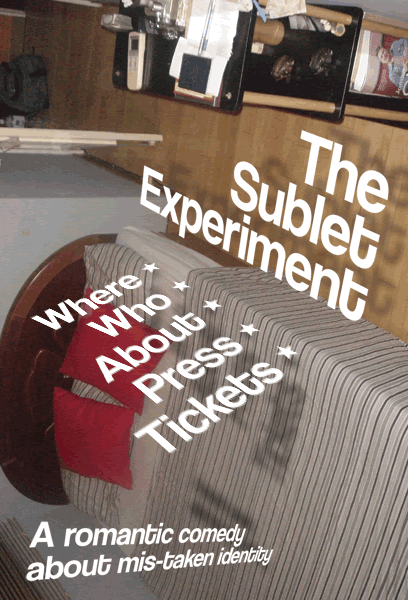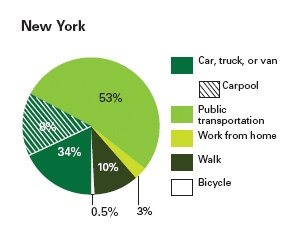
Yet another fantastic book delivered to my door. This one is totally different from Life on the Lower East Side, yet every bit as engaging. Entitled Designing Interactions, the book is a compilation of interviews with 40 designers, accompanied by graphical representations and a DVD of selected interviews, to show how the design industry has been radically altered from the creation of physical objects or things of beauty into designing interactions between people and the world, both physical and virtual. But this description doesn’t even really do this door-stop of a book justice.
The interviews were conducted by Bill Moggridge — the designer of the first laptop computer and co-founder of the pioneering design firm IDEO — with people such as Google founders Sergey Brin and Larry Page, Sims creator Will Wright (recently the subject of an excellent New Yorker profile), and lesser known but equally brilliant thinkers and creators. Having industry experts explain in simple language how the everyday objects we interact with on a daily basis were created — from the mouse to the search engine — opens up a whole new world of insights not just into the objects themselves, but into the human psyche.
 For instance, one of my favorite segments of the book and DVD is watching Stanford Professor Bill Verplank use a simple marker and a white piece of paper to explain the interaction loop of people and the physical and virtual worlds, and how designers affect that loop. “How do you ‘do’, how do you ‘feel’, how do you ‘know’?” Those are the three basic questions he illustrates so simply and beautifully.
For instance, one of my favorite segments of the book and DVD is watching Stanford Professor Bill Verplank use a simple marker and a white piece of paper to explain the interaction loop of people and the physical and virtual worlds, and how designers affect that loop. “How do you ‘do’, how do you ‘feel’, how do you ‘know’?” Those are the three basic questions he illustrates so simply and beautifully.
Another one of my favorite parts is an interview with Tony Dunne and Fiona Raby, two UK designers who concern themselves with the the social, cultural and ethical implications of emerging technologies:
“We’re not interested in futures, as in technical futures or scientific futures or technological futures, but more in alternative nows: how things could be right now if we had different values.”
This, of course, seems all rather heavy, but the two have a wicked sense of humor about what it is they’re contemplating (which can really only be appreciated by watching the DVD). What’s more, “alternative nows” is one of those phrases that needs to enter our everyday lexicon.
Another wonderful discussion in the book concerns “tacit knowledge” as opposed to explicit knowledge or logically expressed thought. Using the iceberg as an analogy of the mind, where there are two levels upon which to operate, above and below the waterline: “Designers operate at a level … where it is more effective to learn by doing, allowing the subconscious mind to inform intuitions and guide actions. … If a  problem has a large number of constraints, the conscious mind starts to get confused, but the subconscious mind has a much larger capacity. … This makes [designers] good at synthesizing complex problems with a large number of constraints; it also makes them bad at explaining or defining what they are doing or thinking.” At left is a graphical representation of the Internet revealing not only its structure but how it works and ultimately why it’s so powerful.
problem has a large number of constraints, the conscious mind starts to get confused, but the subconscious mind has a much larger capacity. … This makes [designers] good at synthesizing complex problems with a large number of constraints; it also makes them bad at explaining or defining what they are doing or thinking.” At left is a graphical representation of the Internet revealing not only its structure but how it works and ultimately why it’s so powerful.
I could go on and on; it’s a very large and wonderful book, but I can’t really add any more than what one reviewer had to say: “This will be the book–the book that summarizes how the technology of interaction came into being and prescribes how it will advance in the future.” In addition to the MIT Press website linked above, Designing Interactions has an independent website for learning more and/or ordering the book and/or DVD: for that, click here.




 Posted by lisacchamberlain
Posted by lisacchamberlain 





















